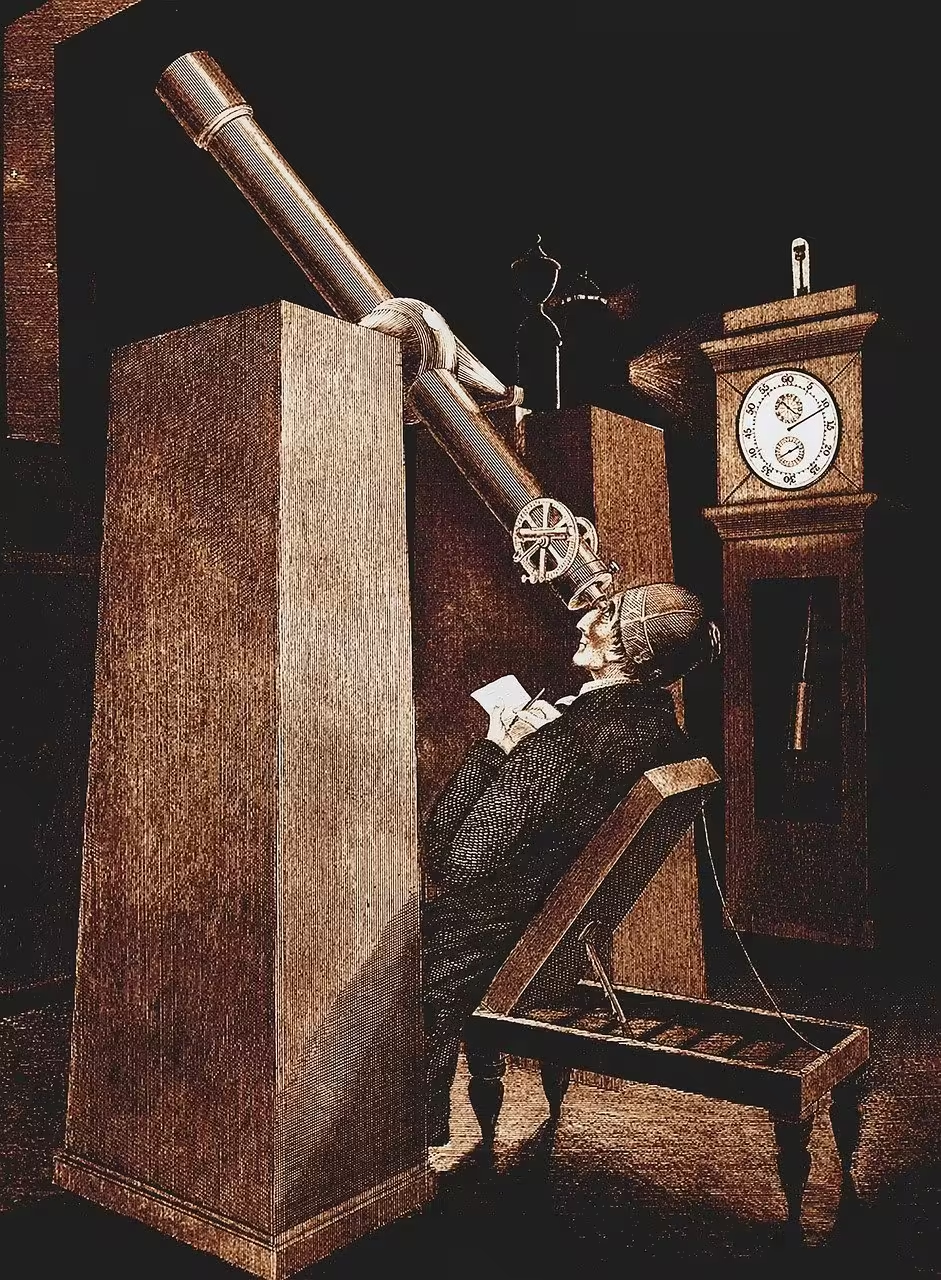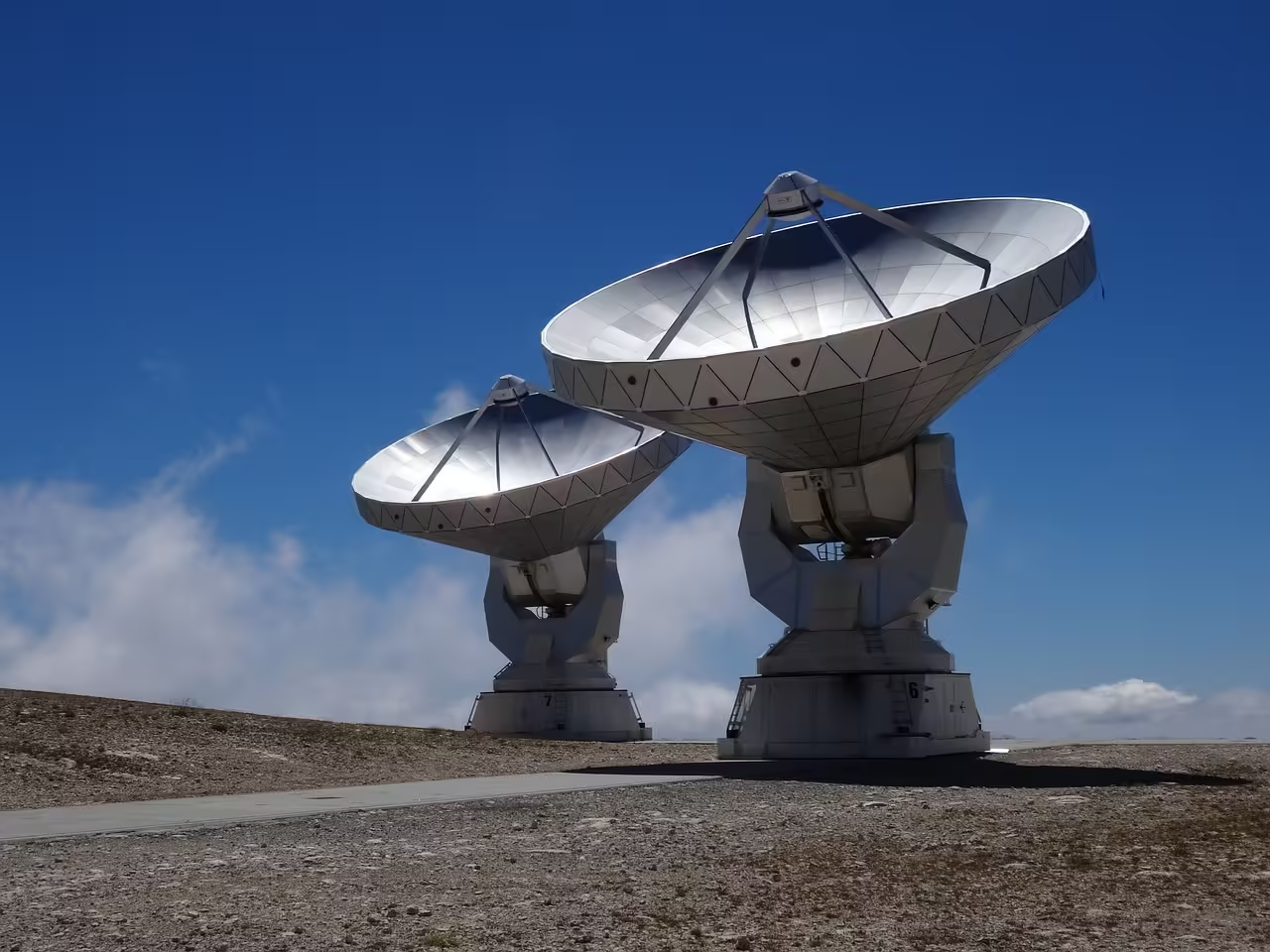Why a 5 Inch Aperture Is Good for Astronomy : Is the Journey to the Stars Limited by the Size of a Telescope’s Aperture?
Exploring the vastness of the cosmos is a dream pursued by many, but how much does the size of a telescope’s aperture really matter? When considering the tools used by both amateur and professional astronomers, one question consistently arises: Why is a 5-inch aperture often recommended for astronomy enthusiasts? This article delves into the reasons behind the popularity of a 5-inch aperture telescope, providing a detailed understanding of its advantages and limitations in the fascinating world of astronomy.

This image is property of pixabay.com.
Table of Contents
Overview of Aperture and Its Importance
In the realm of astronomy, the aperture is a critical feature defining a telescope’s capabilities. The aperture refers to the diameter of the telescope’s primary lens or mirror, which is responsible for collecting light. A larger aperture allows the telescope to gather more light, enhancing its ability to resolve finer details and view more distant astronomical objects. The significance of the aperture cannot be overstated, as it directly influences the clarity and depth of the celestial images captured.
The allure of a 5-inch aperture telescope lies in its balance between performance and practicality. With this size, the telescope manages to strike a harmonious equilibrium, offering substantial astronomical observation capability while maintaining accessibility for both amateur and seasoned astronomers. But why is this specific size often praised?
Historical Context: Development of Telescopic Technology
The Evolution of Telescopes
The history of telescopes is a testament to humanity’s relentless curiosity about the universe. The journey began in the early 17th century, when Galileo Galilei turned a rudimentary spyglass towards the night sky and revolutionized our understanding of the heavens. As technology improved, so did the complexity and capability of telescopes. Over centuries, the quest for better observation tools led to the development of larger and more sophisticated instruments.
Transition to Practical Applications
While giant telescopes are the crown jewels of astronomical observatories, they are often out of reach for amateur stargazers due to cost and logistical constraints. Thus, the mid-sized telescopes like the 5-inch aperture models became popular among enthusiasts. These telescopes offered a much-needed compromise by providing sufficient observational power without necessitating professional-level investment and infrastructure.
Current Trends in Amateur Astronomy
Accessibility and Technology
Today, amateur astronomy is experiencing a surge in popularity, fueled by technological advancements and increased public interest in science. The affordability and availability of telescopes with digital interfaces have opened the sky to a broader audience. Within this spectrum, a 5-inch aperture telescope is particularly favored due to its capability to reveal impressive celestial details without overwhelming the user.
The Role of a 5-Inch Aperture
A 5-inch aperture is often described as the gateway to serious astronomy. It offers a tangible step beyond entry-level telescopes, allowing users to explore planets, nebulae, and even some galaxies. With adequate practice and knowledge, observers can track the movements of Jupiter’s moons or discern the rings of Saturn. This size serves as a practical introduction for those seeking to deepen their astronomical pursuits.
Key Concepts and Definitions
Understanding Aperture
At its core, the aperture defines two essential attributes of a telescope: light-gathering ability and resolving power. These concepts are pivotal in determining what celestial phenomena can be observed and in what detail. Increasing the aperture improves the telescope’s capacity to gather more light from faint and distant objects.
Resolving Power and its Implications
Resolving power, often dictated by the aperture size, refers to the telescope’s capability to distinguish between two closely spaced objects. For instance, separating binary star systems or observing surface details on planets requires high resolving power. A 5-inch aperture offers enough resolving power to provide crisp and detailed views of several astronomical bodies.

This image is property of pixabay.com.
Example 1: Case Study on Observation Capabilities
Consider the observation of Jupiter and its four largest moons – the Galilean moons. With a 5-inch aperture telescope, observers can regularly watch the moons orbit, noting their positions change nightly. This capability extends beyond visual satisfaction; it complements educational pursuits by providing direct observational evidence of celestial mechanics, supporting foundational astronomical concepts like gravity and orbital dynamics.
Example 2: Application in Scientific Observation
Beyond the realm of amateur observations, 5-inch aperture telescopes also find utility in scientific studies. Citizen science projects often utilize these telescopes for data collection purposes, further emphasizing their contribution to professional astronomy. This involvement expands the scope of what can be achieved with a modestly-sized instrument and demonstrates its versatility within scientific endeavors.

This image is property of pixabay.com.
Point of View: Comparing Different Apertures
| Aperture Size | Strengths | Limitations |
|---|---|---|
| 3 Inch | Portability, cost-effective | Limited light-gathering ability |
| 5 Inch | Balance of detail and size | May lack capacity for faintest objects |
| 8 Inch | Excellent for deep-sky objects | Bulkier, more expensive |
| 10 Inch | High-end observation potential | Requires more maintenance |
| 12 Inch | Superior resolution and detail | Needs professional setup |
An analysis of various aperture sizes showcases the balanced virtues of a 5-inch telescope. While larger apertures yield better observations, their practicality diminishes in contexts outside dedicated observatories due to cost and size.
Impact Assessment: The Value of a 5 Inch Aperture
The effectiveness of a 5-inch aperture lies in its capacity to democratize access to astronomy. Its affordability and manageable size allow a larger section of the population to engage with astronomy beyond the basic level, enhancing both personal enjoyment and educational outcomes.

Future Directions and Implications
Predictions for Telescope Technology
As technology evolves, the design and output of telescopes continue to advance. Anticipated future trends include enhanced digital compatibility and lightweight designs, which will improve the functionality of mid-range telescopes like those with a 5-inch aperture. These advancements are likely to further increase their accessibility and effectiveness, making amateur astronomy an even more inclusive hobby.
Societal Implications
The ongoing popularity of telescopes with a 5-inch aperture will likely have wider societal impacts, such as strengthening STEM (Science, Technology, Engineering, and Mathematics) education and promoting public interest in space exploration. By engaging more individuals in astronomy, these telescopes contribute positively to fostering a scientifically literate society.
Conclusion
In conclusion, a 5-inch aperture telescope represents a sweet spot in the world of astronomy, combining sufficient observational power with accessibility. This size suits various observational needs while remaining affordable and practical for enthusiasts. The article highlights the balanced virtues of this mid-range telescope and suggests its continued relevance in an ever-expanding field. What might the future hold for those who pursue astronomical adventures through the lens of a 5-inch aperture? The possibilities are as limitless as the stars themselves.
Feel free to explore more topics related to amateur astronomy and telescope technologies. Understanding the tools and advancements in this field is a rewarding journey that enhances our connection with the universe.

Which scope aperture is best for different kinds of objects?
